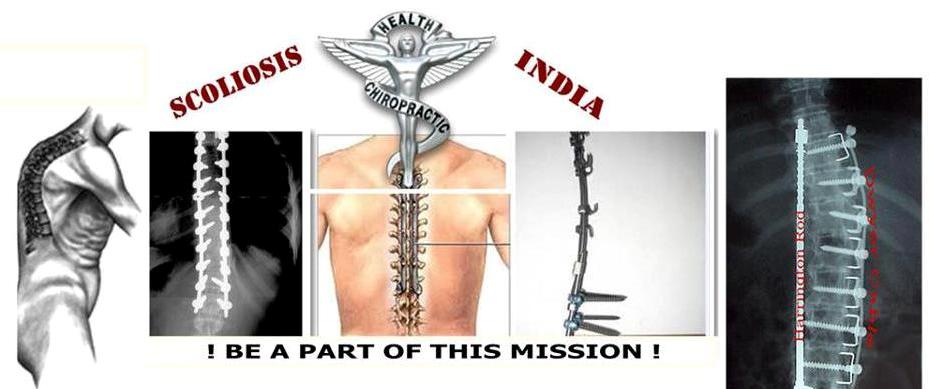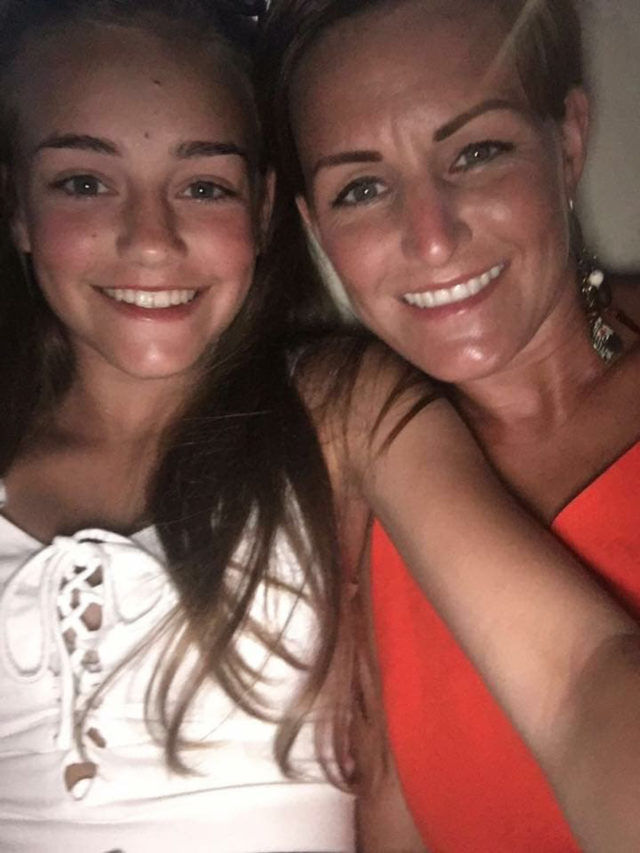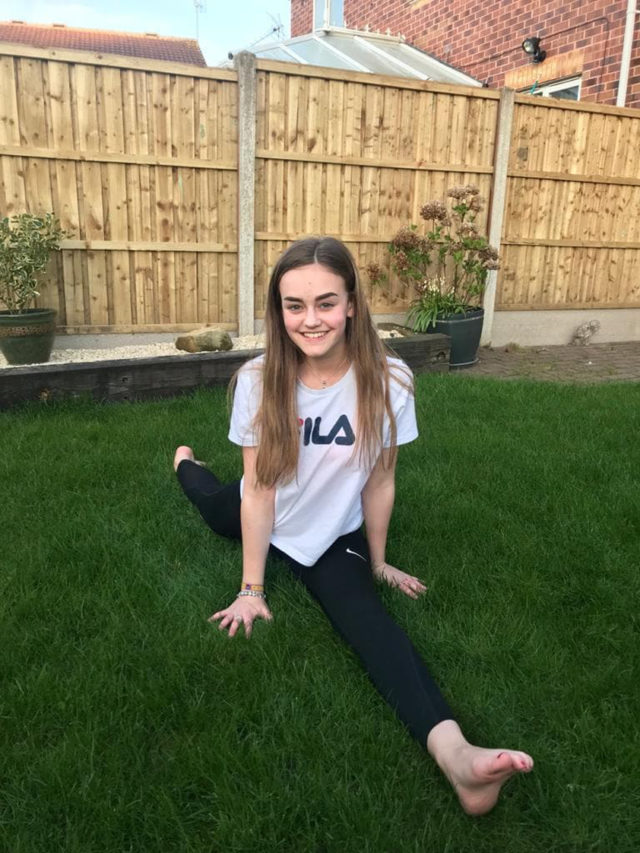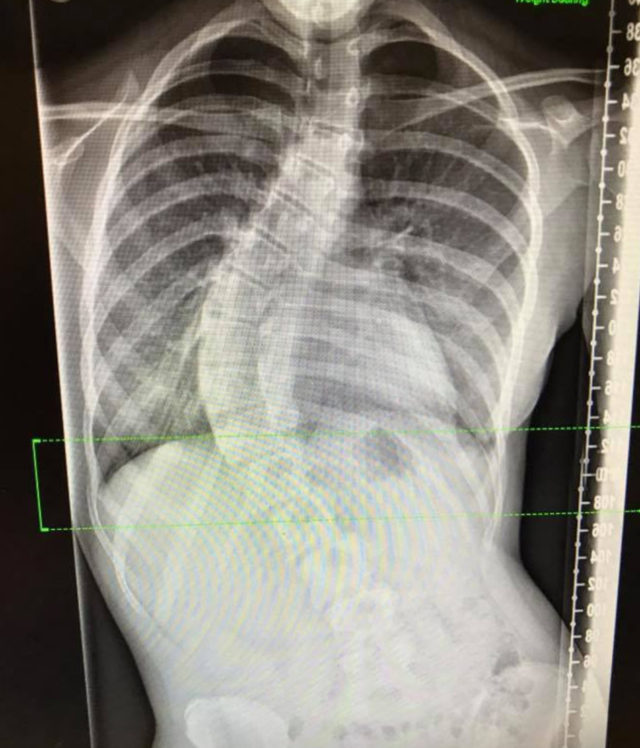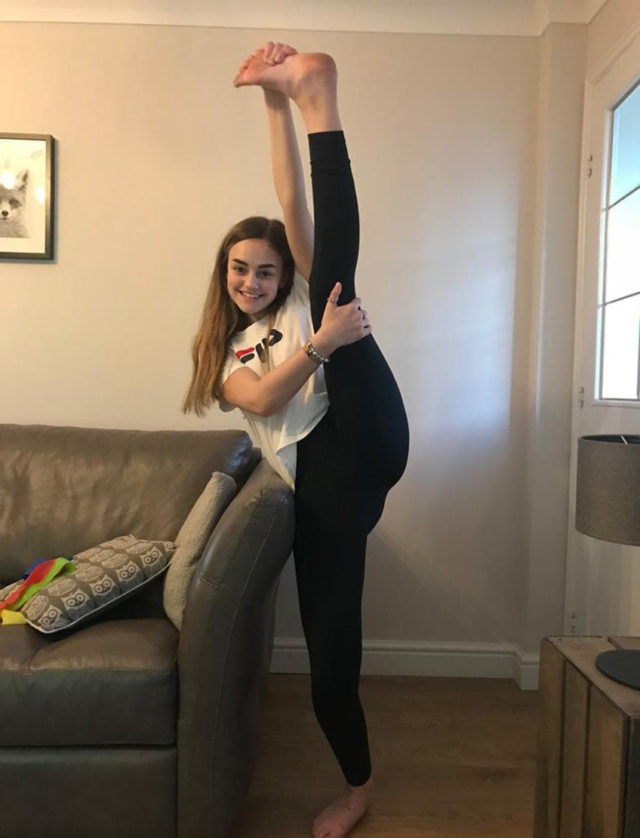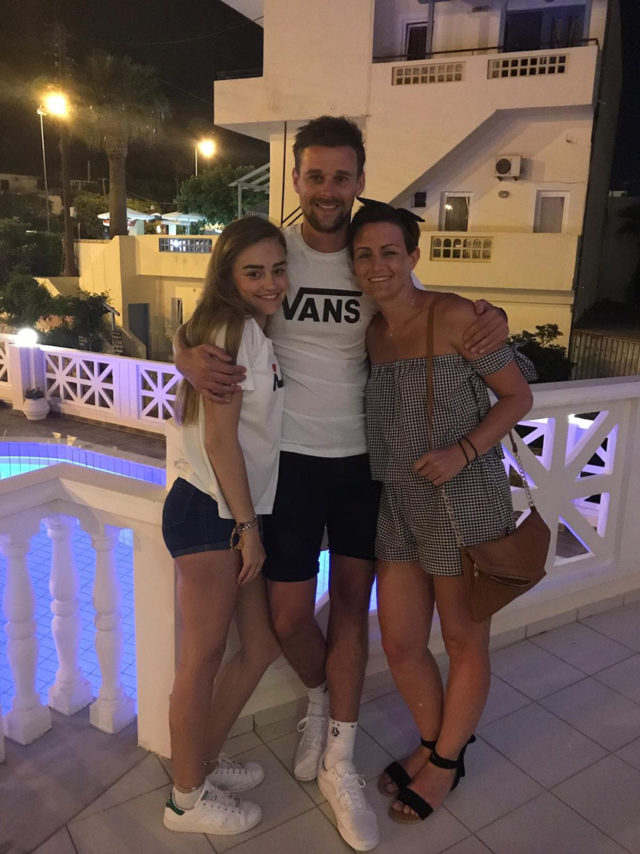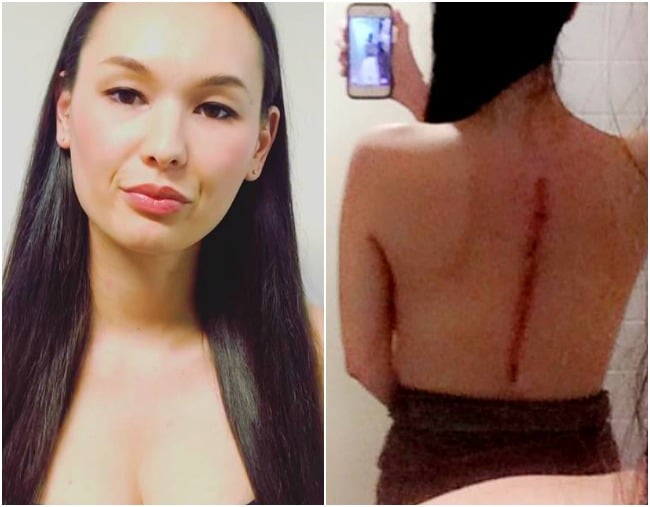
Bachelor favourite Vanessa Sunshine has opened up about a large scar on her back and the life-changing surgery that caused it.
In a series of Instagram snaps of x-ray images and her recovery, the former contestant (whose last name is Bennet) revealed that she underwent spinal fusion surgery to treat her scoliosis.
The 27-year-old described the mental and physical toll the major surgery had on her in an accompanying YouTube video.
“It was honestly one of the hardest things I’ve ever had to do,” she said of attempting to walk just 48 hours post-surgery.
Instagram : https://www.instagram.com/vanessa.sunshine/?utm_source=ig_embed&utm_campaign=embed_loading_state_camera
Vanessa said she underwent the spinal fusion in June 2016 – but that it was a step she had hoped to avoid.
“Surgery is a last resort, getting a spinal surgery is not the first route that people take when they have scoliosis, it’s literally the last option. For me it was the last option,” she said.
The legal secretary explained that she had found out at 16 years old that she had the condition idiopathic scoliosis – which is sideways curving of the spine. She also learned that the two curves in her spine would worsen each year.
“There are things you can do to slow down the process, but for me that wasn’t working and my spine was definitely curving a degree or more every year.”
Despite the pain her curved spine was causing her, she said the decision to fuse her spine was “confronting” and “isn’t something you should take lightheartedly at all”.
Vanessa had reason to be wary. She said those few days and weeks post-surgery she felt like she had become “a baby again”.
She began tearing up when talking about how difficult it was to walk after her surgery and to feel “weak”, when she was usually so “independent”.
The metal plates in her body that have fused her spine mean she cannot bend over without pain and will cause her “awful” pain in really cold weather.
“Anyone considering this operation, it’s honestly so taxing on your physical and mental state,” she said.
“I wasn’t someone who just bounced back like a spring chicken. It really took everything out of me.”
However, Vanessa also said the surgery was “worth it” in the end.
“I’m just so grateful to be alive and that I got through this.”
To other people suffering from scoliosis and considering undergoing a spinal fusion, she was honest but encouraging.
“I’m just telling you, you’ll get through it. It’s okay.”
Vanessa Sunshine wasn’t all too impressed to meet Nick Cummins on the red carpet of the Bachelor mansion
More info : https://www.mamamia.com.au/vanessa-sunshine-scoliosis-spinal-fusion/
Source : Mamamia , 9th october 2018
More info : https://www.mamamia.com.au/vanessa-sunshine-scoliosis-spinal-fusion/
Source : Mamamia , 9th october 2018
